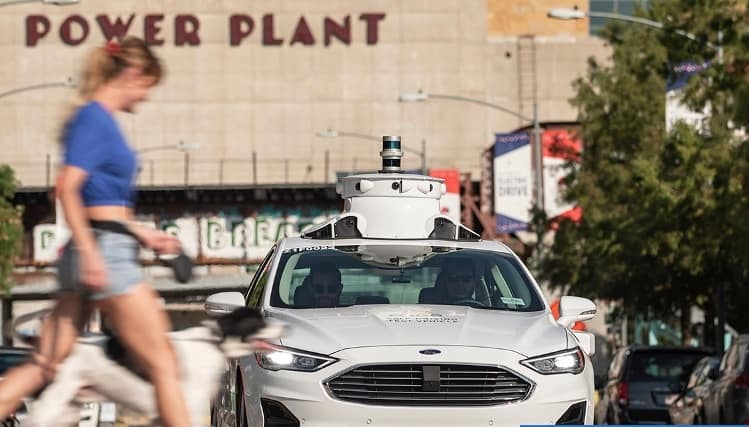
Prepping cities for automated vehicles
While automated vehicles (AVs) use existing streets, highways, traffic lights and signage for guidance, they interact with roadway infrastructure much differently than human drivers. Because AVs are driven by machines instead of people, they have the advantage of communicating with other machines that are already in place and are starting to be deployed as part of smart infrastructure. Ranging from traffic cameras to sensors, collaborative infrastructure can help AVs navigate a tricky intersection or even detect and prepare for a potentially dangerous situation ahead, such as a pedestrian walking into traffic or a vehicle speeding through a red light.
While most AVs don’t have to rely on machine-to-machine communication, also known as vehicle-to-infrastructure communication (V2I), the technology not only aids AVs but improves safety for all roadway users. “It would be wonderful to have infrastructure available to enable automated driving,” said Kay Stepper, senior VP of driver assistance and automated driving for Bosch. “But at this point it’s augmentation. Once we have infrastructure, we’ll embrace it with open arms,” Stepper continued. “We want stationary objects and moving objects to communicate. But we at this point we don’t have the penetration in the field.”

